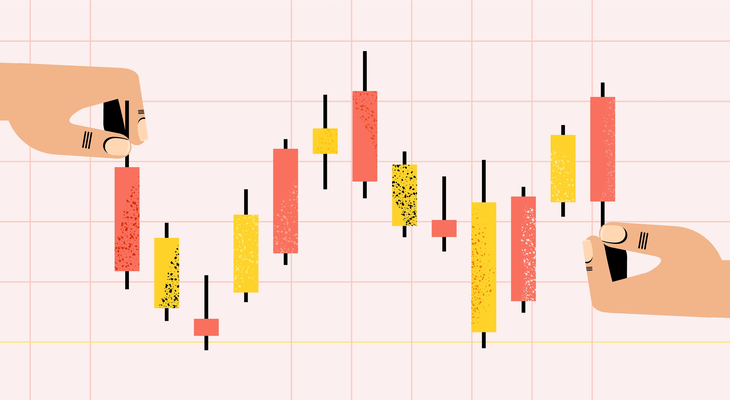
Valuations are quantitative by nature. They are heavily reliant on numerical inputs; valuations improve with additional financial information. This is why start-ups can be difficult to value during certain stages of development. Somewhere between seed funding and the emergence of sustainable financial performance, most start-ups encounter a period when there are few reliable numbers to work with. Below, we discuss those valuation approaches that are better suited to navigating this Start-up Valuation Gap.
Guideline Transactions: While no two companies are identical, acquisitions of comparable start-ups can provide useful points of reference. Absent usable financials, companies can be compared based on IP portfolios, number of subscribers or drug pipelines. It may feel like horse trading and exact matches are rare, but a couple of close comparables can support a relatively accurate valuation.
Cost Approach: While most hard-charging entrepreneurs will disagree, until a company passes a meaningful proof-of-concept milestone, a start-up is valued on a time and materials basis, if that. A potential acquirer may add an additional premium for timing and the cost of trial-and-error, but will mostly view early stage technology as something they could recreate internally.
Transactions in Start-up’s Own Stock: Not unlike calculating market capitalization of publicly traded companies, start-up valuation can be derived based on the value of its individual shares. To utilize this method we have to assume that the transaction was fairly negotiated at arm’s length and by a professional investor. Not all equity shares are equal and simple multiplication, while widely used, rarely works. However, a well-negotiated round of financing or a secondary market sale can provide a reliable value indicator.
P.S. Practitioners and academics have used the income approach and Monte Carlo simulations to tackle the challenges of start-up valuation. The income approach can be quite reliable in certain industries such as drug development. Monte Carlo simulation is designed to take uncertainty into account. It is not widely accepted, in part due to the limited practical utility of such complex analyses for early stage start-ups.


